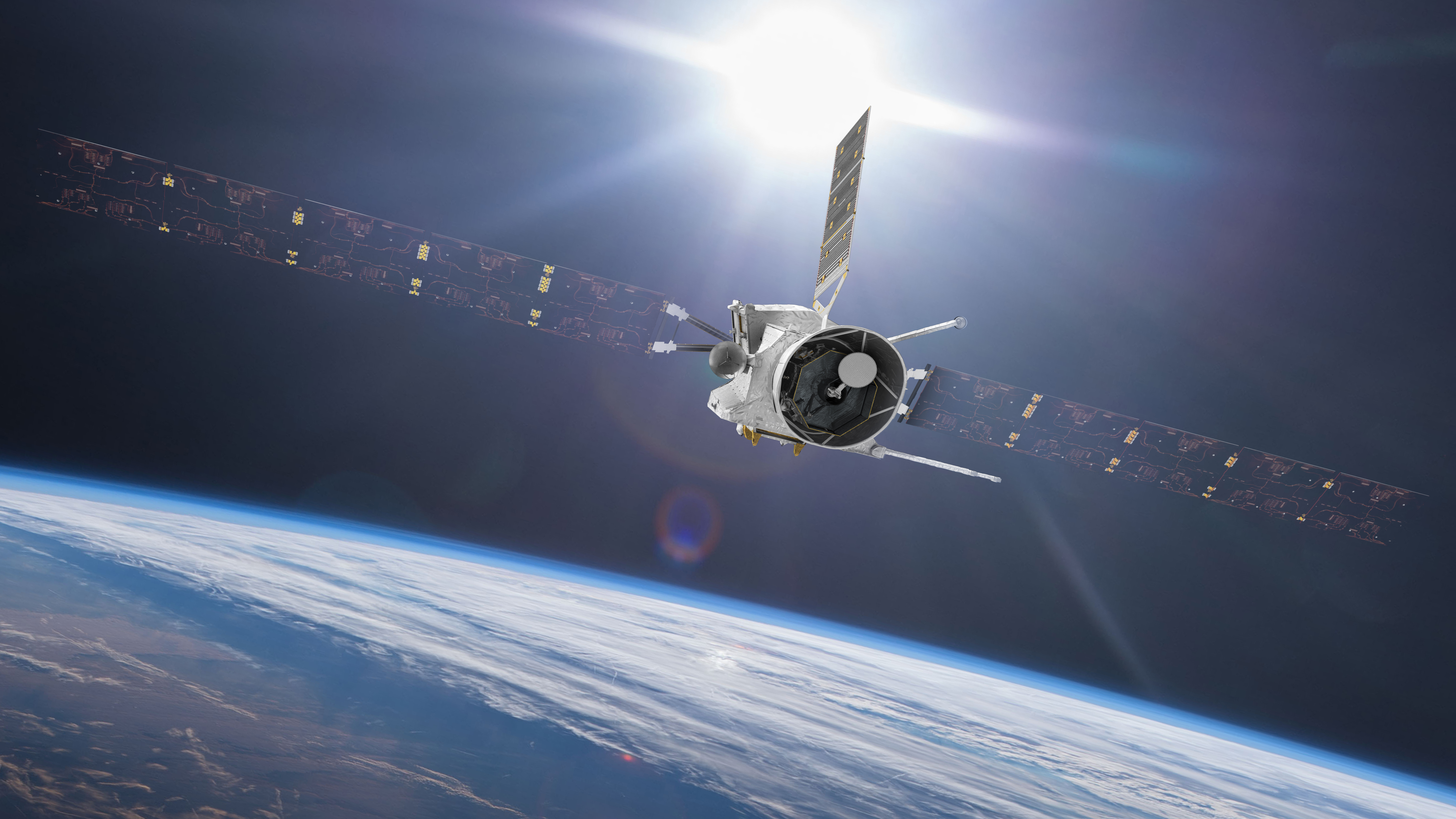1. TWO-PART SPACECRAFT
A joint mission between the European Space Agency and the Japan Aerospace Exploration Agency, BepiColombo is the first ever two-spacecraft mission to Mercury. The two satellites will go into separate orbits around Mercury. This is a unique aspect of the mission. These synchronised satellite orbits will provide scientists with detailed sets of data which will give them a fuller picture of the planet.
2. 3rd MISSION TO MERCURY
It is only the third ever mission to Mercury. NASA has sent two spacecraft to Mercury: Mariner 10 passed the planet three times in the 1970s and MESSENGER orbited it from 2011-2015. Scientists are still analysing MESSENGER data today.
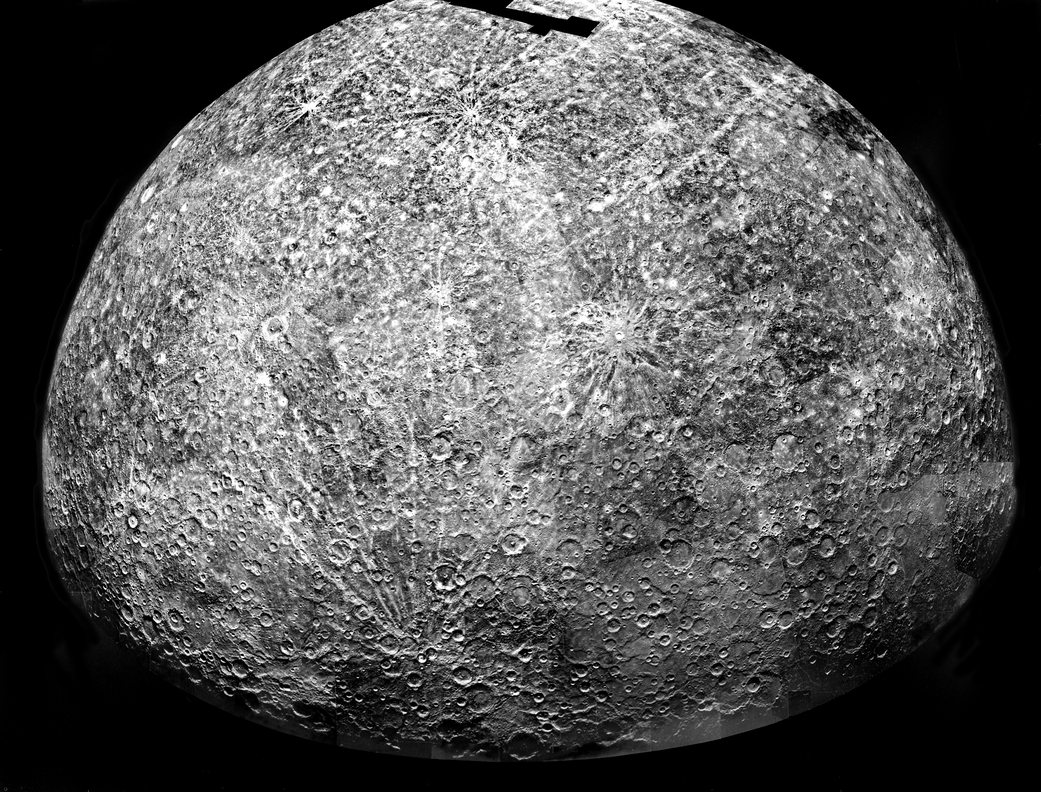
3. gIUSEPPE ‘BEPI’ COLOMBO
BepiColombo is named after mathematician and engineer, Professor Giuseppe ‘Bepi’ Colombo. Colombo studied Mercury and calculated how to get a spacecraft into a successful orbit around the planet. His contribution to our understanding of Mercury led the European Space Agency to name their cornerstone mission after him.
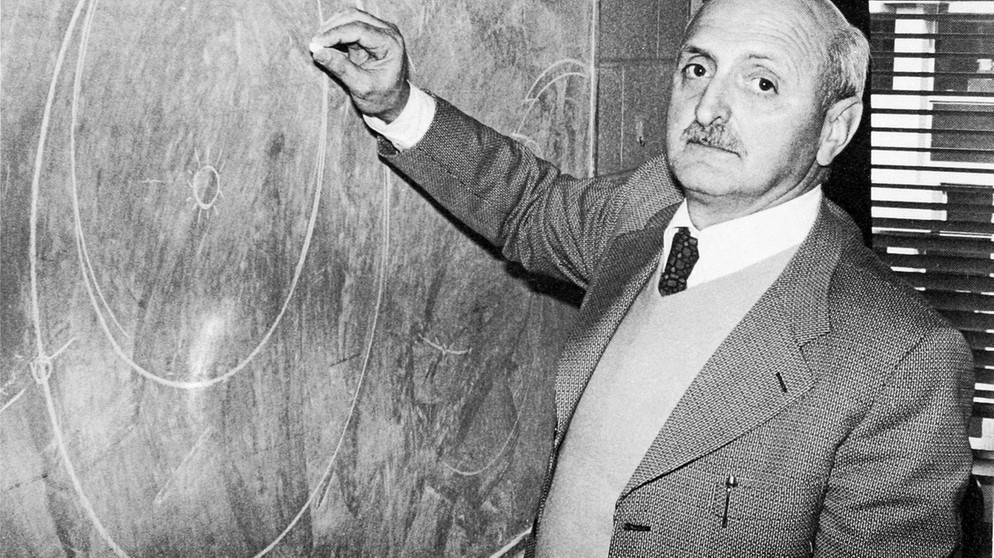
4. INTERNATIONAL MISSION
Around 1200 engineers and scientists from 16 different countries have worked on this mission since 2000, and the flight model will launch on an Ariane 5 rocket from French Guiana in South America.
5. RIGOROUSLY TESTED
The BepiColombo on display is a twin of the flight model and is called a Structural Thermal Model. It was used to test the structure of the spacecraft and is vital to the success of the Mission. It was tested in the Multishaker and the Acoustic Chamber to make sure it could withstand the vibrations of launch. It was also tested in the Large Space Simulator which checked it could manage the temperature extremes during the journey.
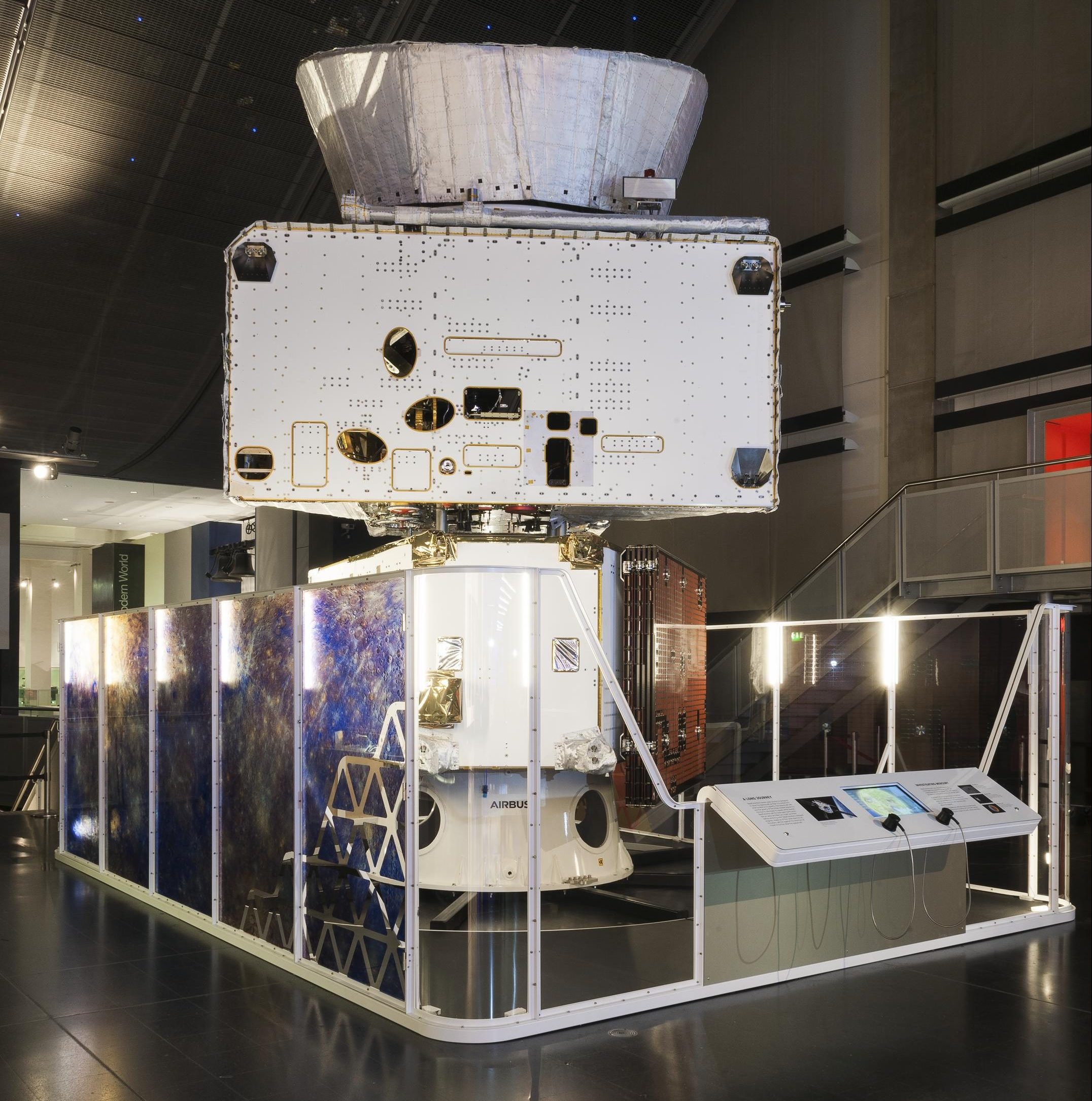
6. DRASTIC TEMPERATURES
BepiColombo will experience Mercury’s dramatic temperature changes, reaching 400°C on the sun side and -190°C on the night side. Everything on the spacecraft is designed to protect it from the heat and radiation.
7. HAND-STITCHED
Part of this protection is a special space blanket which is made up of 97 layers of aluminium, plastic and glass ceramic fabrics. This insulation blanket was specially developed for the Mission and helps to keep the onboard instruments as close to room temperature as possible.
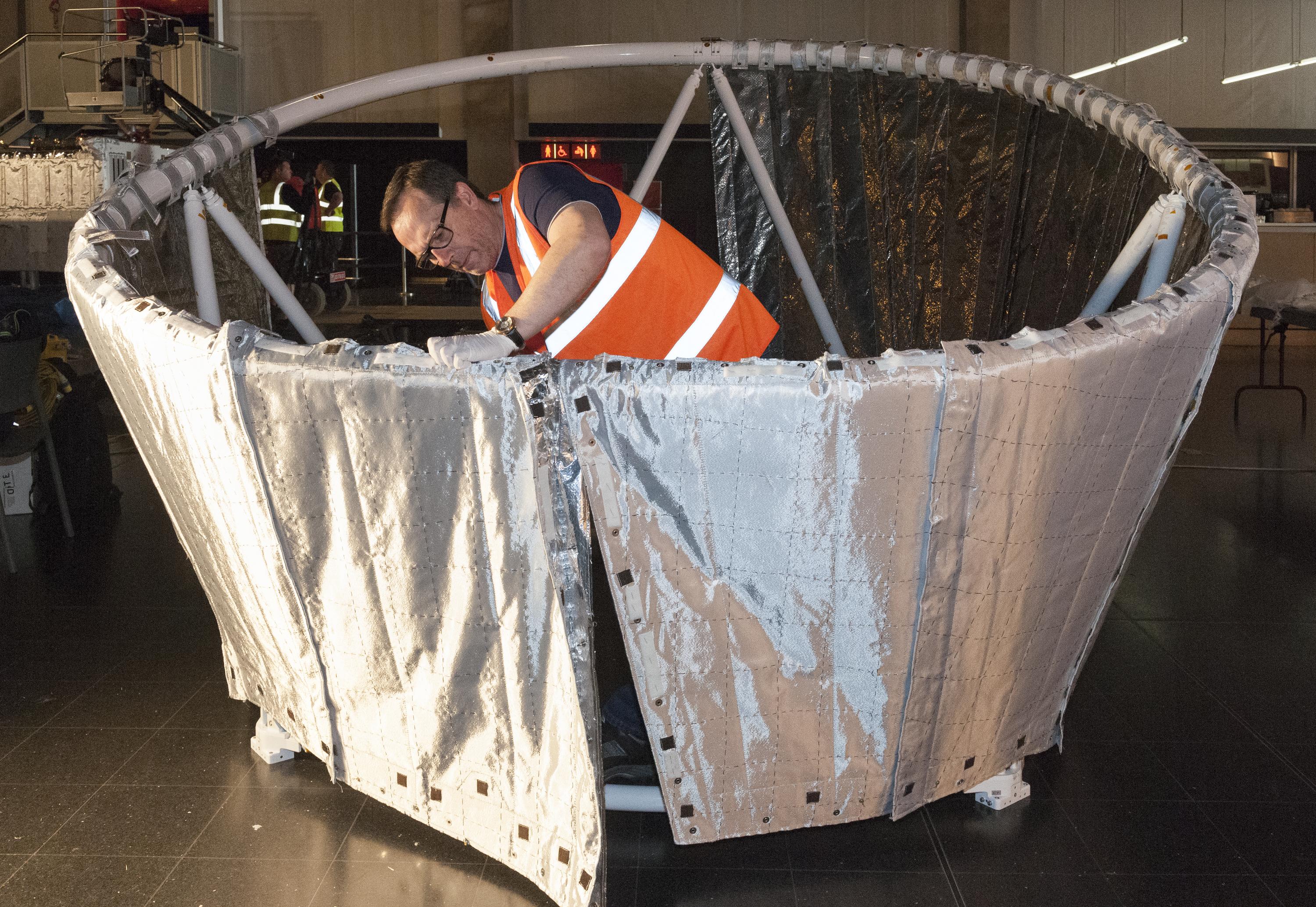
8. SPECIAL FINS
BepiColombo also has a special radiator which moves the heat from inside the spacecraft out into deep space. The flight model has ‘fins’ covering the radiator which look like venetian blinds and help to protect BepiColombo from radiation. The test model on display in the Science Museum is missing its ‘fins’ because they will be flying to Mercury on the flight model!
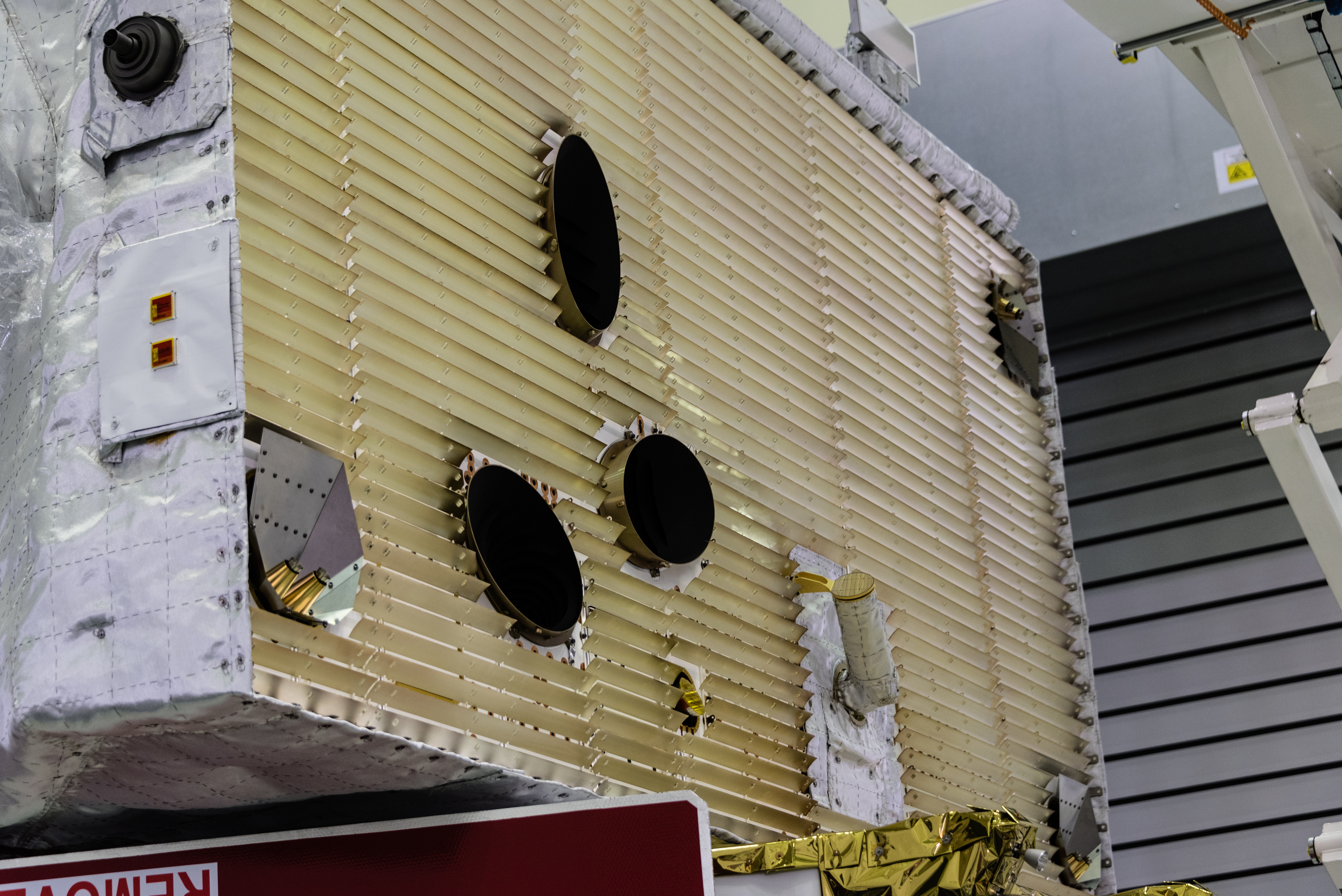
9. 7-yEAR JOURNEY
It will take BepiColombo more than seven years to get to Mercury. It will have to take a very complex route there which involves coming back past Earth nearly two years after it launches in 2018. It will also fly past Venus twice and Mercury six times before settling into its orbits in late 2025.
10. TRAVELLING TOO FAST
After launching, BepiColombo will be travelling too quickly to be able to put the two scientific satellites into their Mercury orbits. To help slow down, BepiColombo is fitted with four solar-electric ion thrusters. These thrusters use xenon for fuel and solar power for electricity. They are designed to fire in the opposite direction of travel and act as a brake, slowing BepiColombo down.
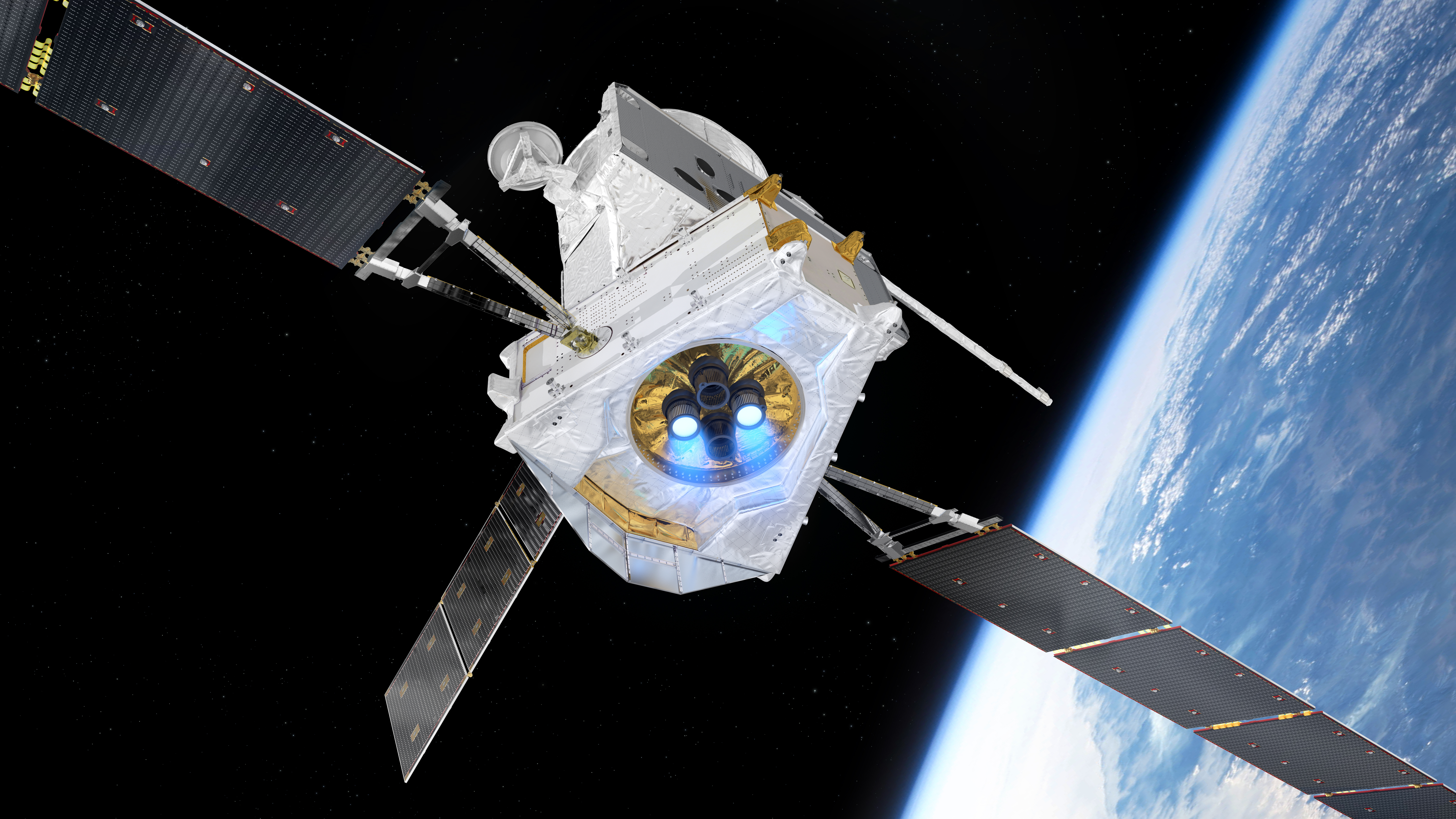
11. BRITISH CONTRIBUTION
BepiColombo had key contributions from UK industries. The British made solar-electric ion thrusters for example, were made by the UK-based company, QinetiQ. This type of electric propulsion is a first for a mission to an inner planet.
BepiColombo also carries 16 instruments on board that will gather data about the surface and interior of Mercury as well as its magnetic field. Some of the instruments were developed by British scientists. The Mercury Imaging X-Ray Spectrometer, or MIXS, was developed by scientists from the University of Leicester and the University of Helsinki.
The University of Helsinki also developed the Solar Intensity X-ray Spectrometer, or SIXS, along with scientists from Aberystwyth. (MIXS is Finnish for ‘Why’? and SIXS is Finnish for ‘That’s Why’!) These two instruments work closely together to provide data on Mercury’s magnetosphere.
Come face-to-face with a full-size engineering model of BepiColombo at our free exhibit Mission to Mercury: BepiColombo and learn more about this integral part of a space mission’s development programme.
